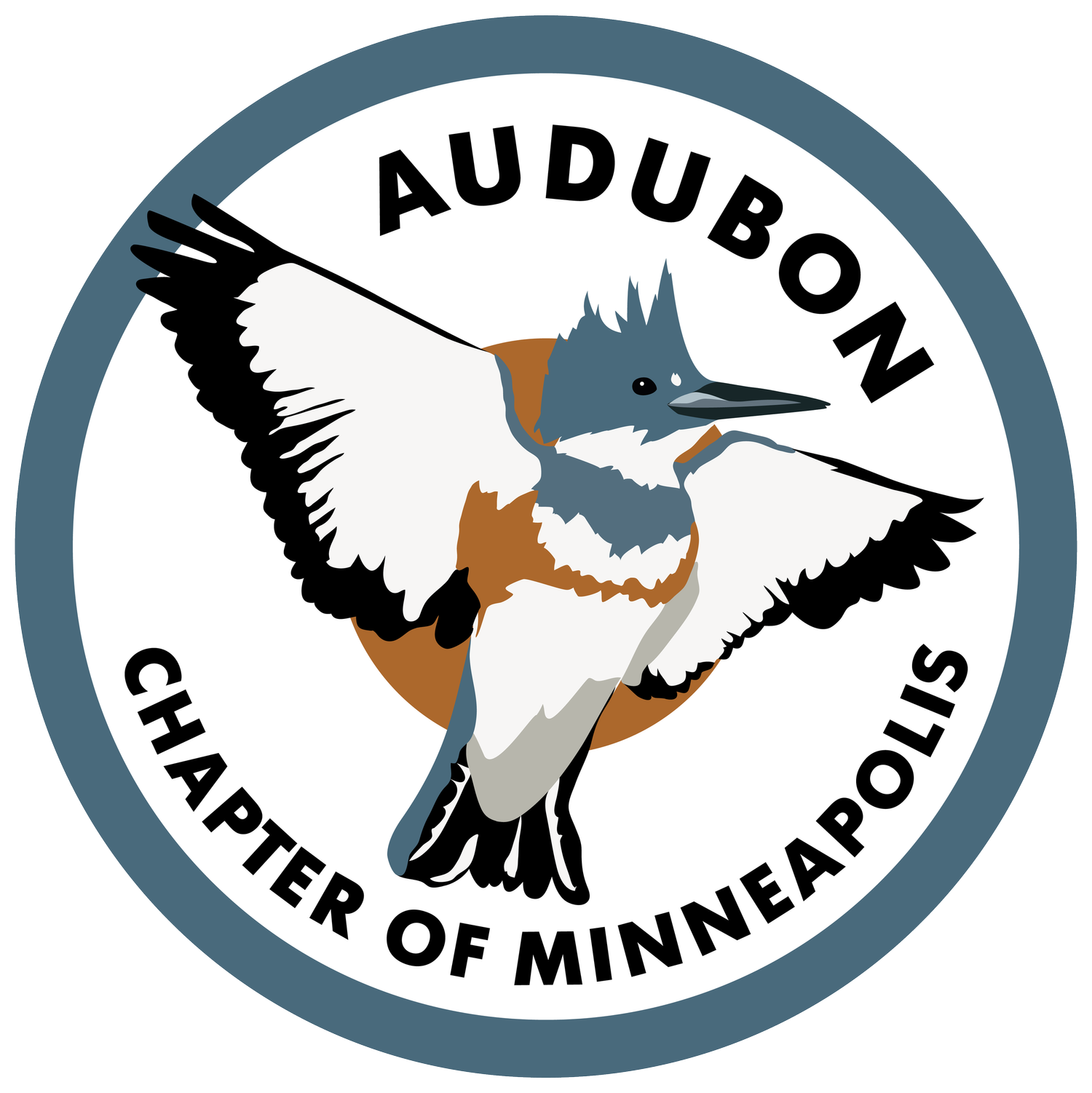Biological Reserve Uyuca banding station researchers mist net endangered Golden-cheeked Warbler
Audubon Chapter of Minneapolis-funded researchers capture Golden-cheeked Warbler in its Honduras wintering grounds-a first at the monitoring station.
Adult male Golden-cheeked Warbler caught in a mist net in Uyuca on 24 November 2022. Photo © John van Dort.
The Golden-cheeked Warbler (Setophaga chrysoparia) is a migratory species that breeds in central Texas and winters in the Mesoamerican pine-oak ecoregion, from southern Mexico to northwestern Nicaragua. It has long been listed by the International Union for the Conservation of Nature (IUCN) as endangered and is considered a flagship species of the Alliance for the Conservation of Mesoamerican Pine-Oak Forest. Recent modelling of eBird data carried out by the Cornell Lab of Ornithology highlights the importance of Honduras for this species: more than 60% of its entire population depends on Honduran pine-oak forests for their annual survival.
Non-breeding abundance of Golden-cheeked Warbler and location of Biological Reserve Uyuca. Image: Cornell Lab of Ornithology
The Biological Reserve Uyuca, which is managed by Zamorano University, is located in central Honduras near Tegucigalpa and offers prime wintering habitat for this species. With financial support from Audubon Chapter of Minneapolis, and under the auspices of the Zamorano Biodiversity Center and Aves Honduras and a permit from the Honduran Forestry and Conservation Institute, Roselvy Juárez and John van Dort restarted bird monitoring using mist nets in November 2021 at this site, after a first stint between January 2010 and December 2012, when the program was supported by SalvaNATURA and Zamorano, with financial support from the US Fish and Wildlife Service (USFWS) and a Neotropical Migratory Bird Conservation Act (NMBCA) grant. We are especially interested in comparing our capture rates from those first years to those from the current period to study population and diversity trends. The Uyuca bird monitoring station forms part of the Institute for Bird Populations' MoSI program that tracks winter survival of Neotropical migratory birds and is the only regularly operating station in pine-oak forest. MoSI stands for Monitoreo de Sobrevivencia Invernal (Winter Survival Monitoring).
Zamorano & Aves Honduras researcher John van Dort with the Golden-cheeked Warbler. Inset: note light blue band on left leg. Photo © Roselvy Juárez.
In all these years, we regularly observed Golden-cheeked Warblers in the reserve between mid-August and early February, usually foraging in the canopy with vireos, flycatchers and other warblers. This Thanksgiving, 24 November 2022, during the first pulse of the 2022/2023 MoSI season, we finally encountered one in one of our mist nets. Due to its habits of foraging at higher levels in trees, it is rarely caught in mist nets away from the breeding grounds.
As with all our captures, we collected standardized biometric information from this individual, and placed a metal band with a unique nine-digit code on one of its legs, before we released it back into the wild. This band allows researchers to identify the individual in case of recapture or when the bird is found dead, providing information on its trajectory. We also placed a plastic color band (light blue) on the other leg, allowing observers to identify this particular individual in the mixed insectivorous bird flocks that are found in Uyuca. Many migratory species are known to visit not only the same breeding site year after year but also the same non-breeding site. We have observed this firsthand with another warbler species that visits RB Uyuca during the non-breeding season: Golden-winged Warbler (Vermivora chrysoptera). This is a species that specializes in finding food in the understory, and thus is a little easier to monitor using mist nets placed at ground level. This winter season, we caught twice the same adult male Golden-winged Warbler that we banded almost a year ago in Uyuca. Clearly, this bird finds all it needs for its winter survival in the Biological Reserve Uyuca, and we hope to see it come back again next year. Likewise, we expect to see the adult male Golden-cheeked Warbler that we caught and released last week at least until it begins its migration to Texas in February, and hopefully again after its breeding season is over in August or September of next year.
We would like to invite observers interested in helping to learn more about Golden-cheeked Warbler winter ecology to come and visit the reserve and look for this bird. Your observations and photos of this particular individual will be valuable, especially if you are able to collect precise GPS locations of where you observed the bird. Please note that the Biological Reserve Uyuca is not open to the public and is open only for research. You need to coordinate your visit, and share your observations, with the reserve's manager Dr. Oliver Komar (okomar@zamorano.edu). But December and January are ideal months for such visits, before the bird migrates back to Texas in February. Golden-cheeked Warbler is one of the first migratory species to depart Honduras in spring and the first males generally arrive on the breeding grounds in early to mid-March.
John van Dort is a biologist at Zamorano Biodiversity Center.



